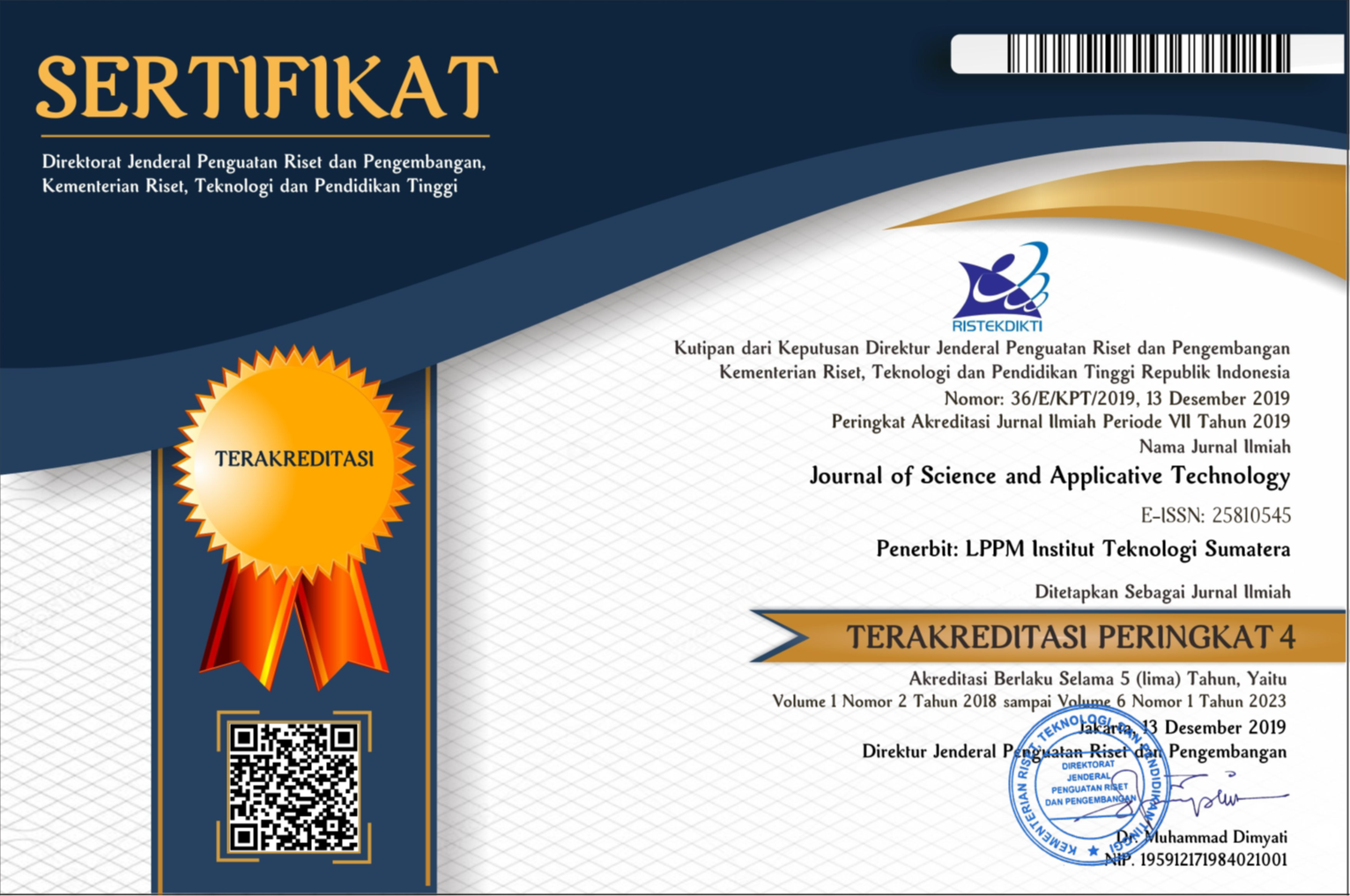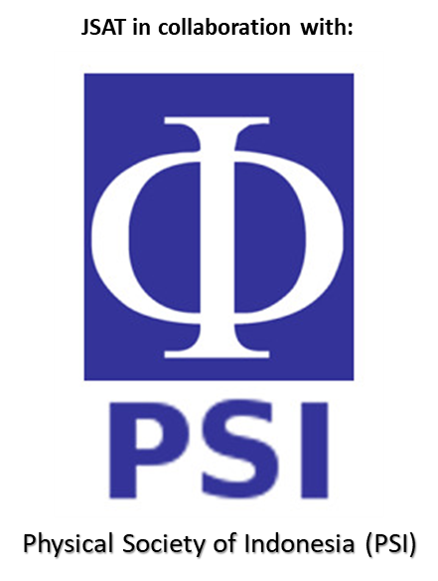ANALYSIS OF THE AVAILABILITY AND IDENTIFICATION OF PUBLIC GREEN OPEN SPACES IN GKU 1 AND GKU 2 AT INSTITUT TEKNOLOGI SUMATERA CAMPUS
Abstract
Institut Teknologi Sumatera (ITERA) is a higher education institution located in the village of Way Huwi, South Lampung Regency. It was established to fulfill the educational needs centered on the island of Suamtera. ITERA campus was formerly a green area used for rubber plantations and forests which underwent transformation due to the demand for academic buildings. This transformations is ecidenced by the construction of the General Lecture Building (GKU) and Engineering Laboratory Building (Labtek) 1-4. This reserarch focuses on GKU 1 and 2, which serve as the central academic hubs for three faculties of ITERA. The aim is to identify issues related to the availability of public green open spaces in each building. Both GKU building have the potential to function as communal zones that can be utilized for discussions, relaxation, and studying due to their distinct characteristics in terms of green space forms and types. The research methodology employs both quantitative and qualitative methods, such as parameters of Responsive Environments, The Likert Scale, and interviews related to the questionnaire, with the primary target audience being ITERA’s students. The research results highlight various shortcomings and advantages in each GKU building. Recommendarions for improvemenr are expected to refine the research outcomes for ITERA.
Downloads
References
[2] H. Shaftoe, Convivial Urban Spaces: Creating Effective Public Places. New York: Earthscan, 2008.
[3] W. Kurniawati, ”Public Space for Marginal People” in Proceedings of Social and Behavioral Sciences 36-Behaviour Studies, 2012, pp. 476-484
[4] P. Zucker, The Space Volume Relation in the History of Town. New York: Columbia University Press, 1959
[5] S. Carr, Public Space. New York: : Cambridge University Press, 1992.
[6] I. Bently, A. Alcoc, P. Murrain,, S. McGlynn, G. Smith, Responsive Environtments. London: Architectural Press is an imprint of Elsevier, 1985.
[7] Munirah, i. (2015). Sistem Pendiidkan di Indonesia. Auladuna, 2, 233-245.
[8] K. Setyaningsih, Esensi Transformasi Sistem Sentralisasi-Desentralisasi Pendidikan Dalam Pembangunan, 2017.
[9] D. Ishak, "Tinjauan Kebijakan Desentralisasi Pendidikan di Indonesia". Jurnal Papatung, pp. 30-36, 2021.
[10] D. Taluke, R. S. Lakat, A. Sembel, "Analisis Preferensi Masyarakat Dalam Pengelolaan Ekosistem Mangrove di Pesisir Pantai Kecamatan Loloda Kabupaten Halmahera Barat". Jurnal Spasial, 6, 531-540, 2019.
Copyright (c) 2024 Journal of Science and Applicative Technology

This work is licensed under a Creative Commons Attribution-NonCommercial 4.0 International License.
All the content on Journal of Science and Applicative Technology (JSAT) may be used under the terms of the Creative Commons Attribution-NonCommercial 4.0 International License.
You are free to:
- Share - copy and redistribute the material in any medium or format
- Adapt - remix, transform, and build upon the material
Under the following terms:
- Attribution - You must give appropriate credit, provide a link to the license, and indicate if changes were made. You may do so in any reasonable manner, but not in any way that suggests the licensor endorses you or your use.
- NonCommercial - You may not use the material for commercial purposes.
- No additional restrictions - You may not apply legal terms or technological measures that legally restrict others from doing anything the license permits.





















